Industrial Heritage of Tbilisi
This project is dedicated to identifying industrial buildings of Tbilisi, collecting primary research about them, and creating an accessible database. The topic of industrial heritage and its preservation is widely discussed internationally;
However, this topic is not yet addressed in a substantive way in Georgia. As such, this project’s long-term goal is to initiate and expand this discussion in the local context.
In this blog you will find the photo project, which was exhibited in Artarea Gallery in October 2020.
See the virtual Tour of the Exhibition at the following link: http://mua.ge/the_industrial_heritage_of_tbilisi/
However, this topic is not yet addressed in a substantive way in Georgia. As such, this project’s long-term goal is to initiate and expand this discussion in the local context.
In this blog you will find the photo project, which was exhibited in Artarea Gallery in October 2020.
See the virtual Tour of the Exhibition at the following link: http://mua.ge/the_industrial_heritage_of_tbilisi/
The Broadcloth and Worsted Wool Factory Tbilisi

Kirov Machine Tool Factory
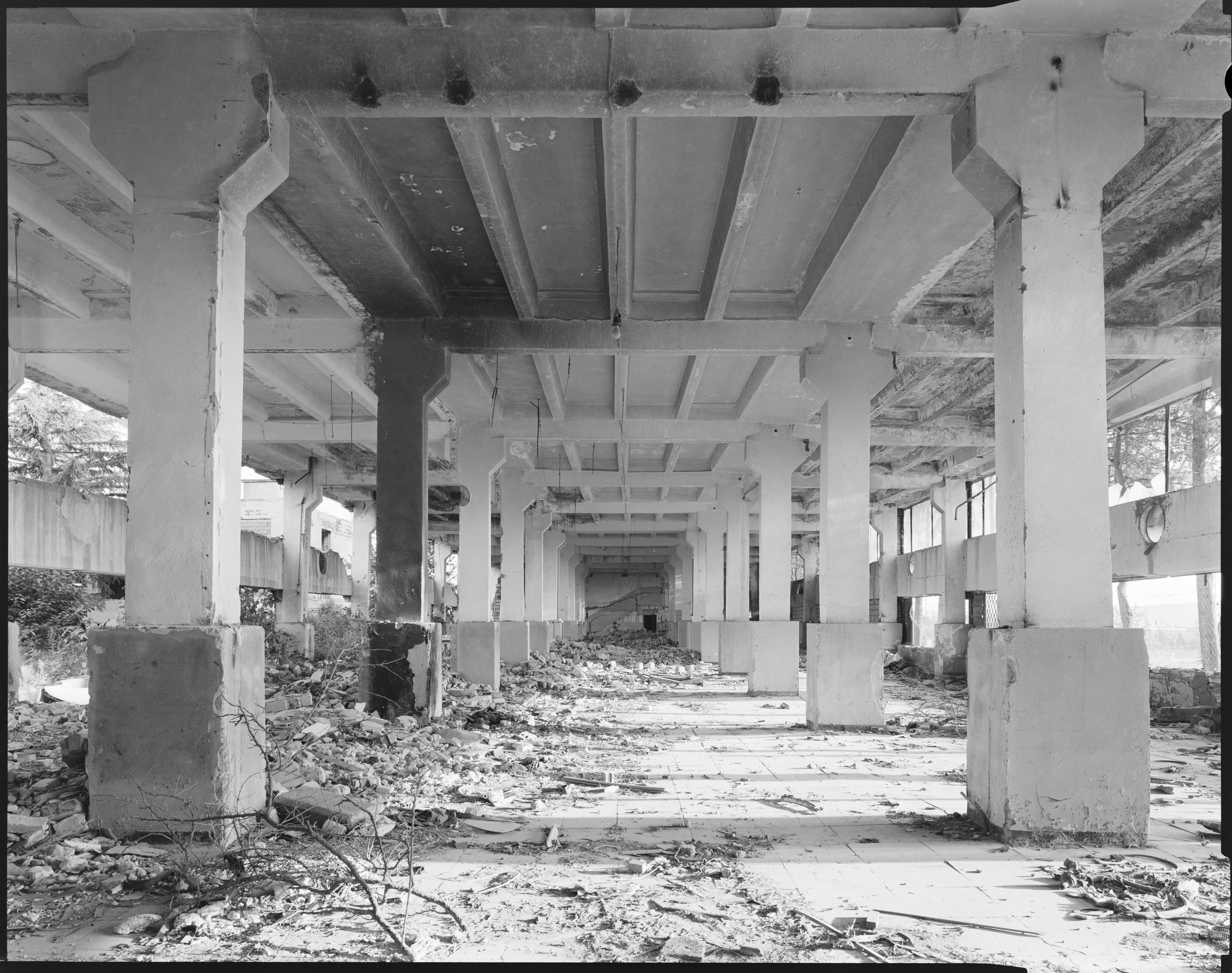
The Tea Weighing Factory of Tbilisi
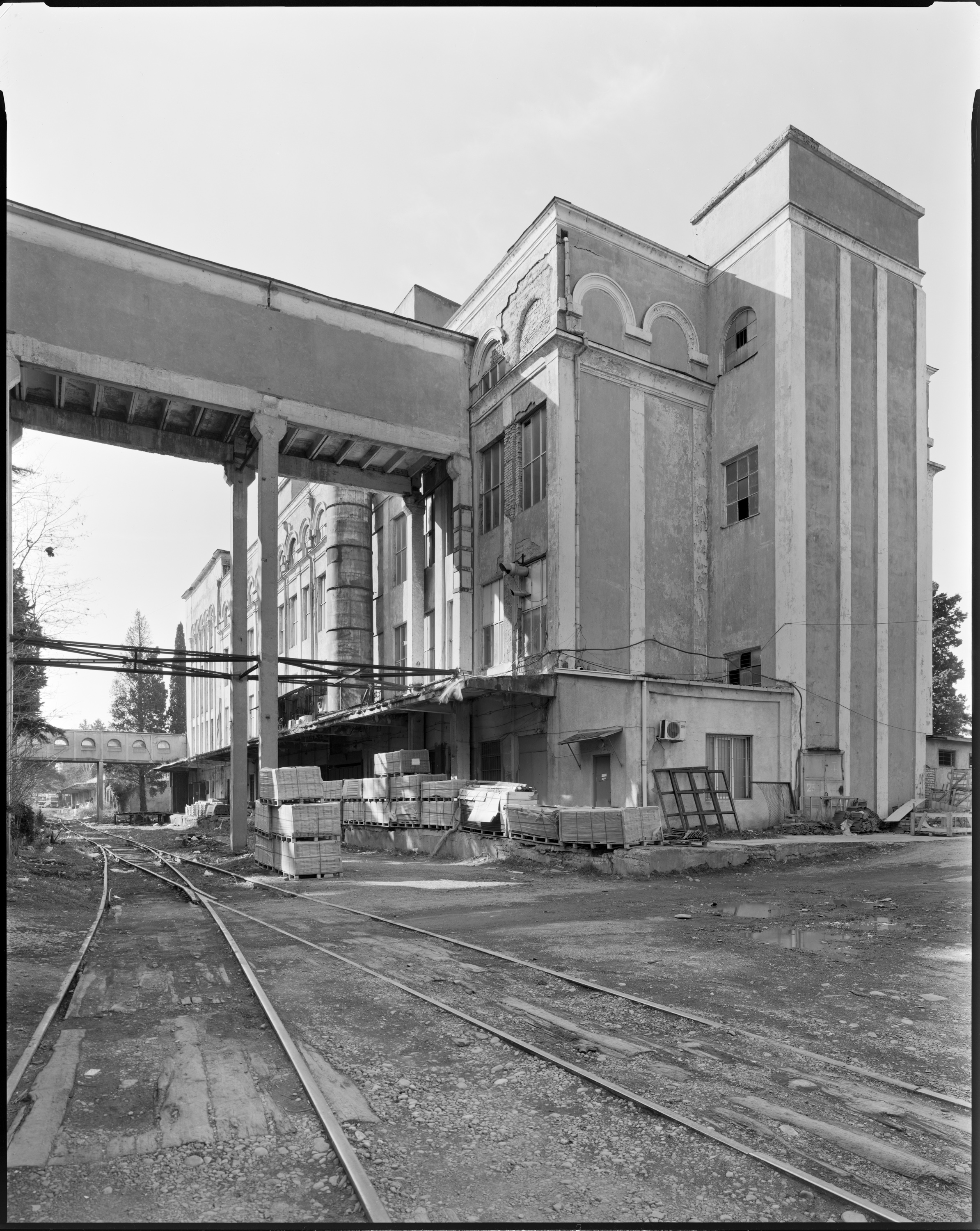
The Sarajishvili Factory
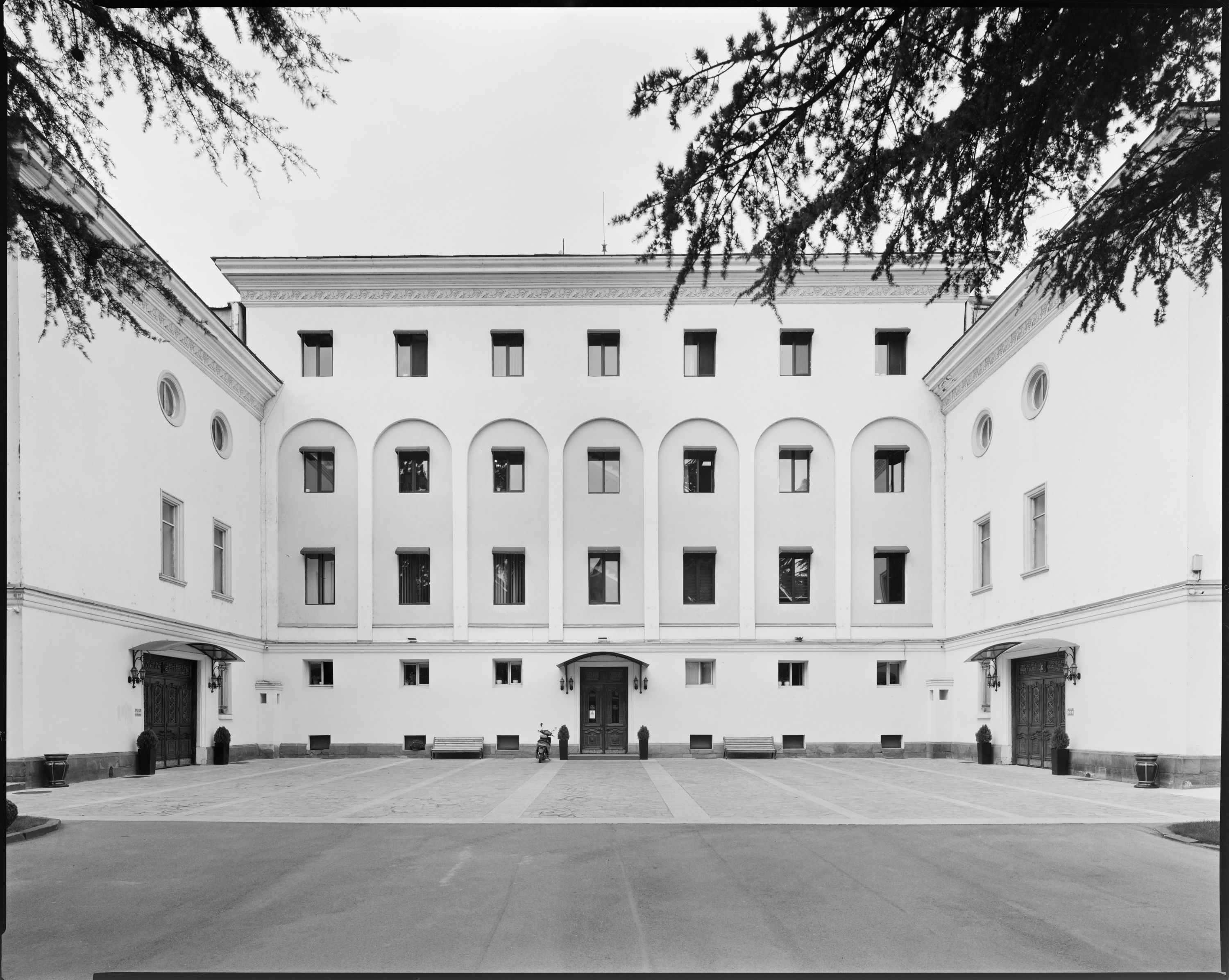
Tsentroliti

The Framework and Panel Factory Maghlivmsheni
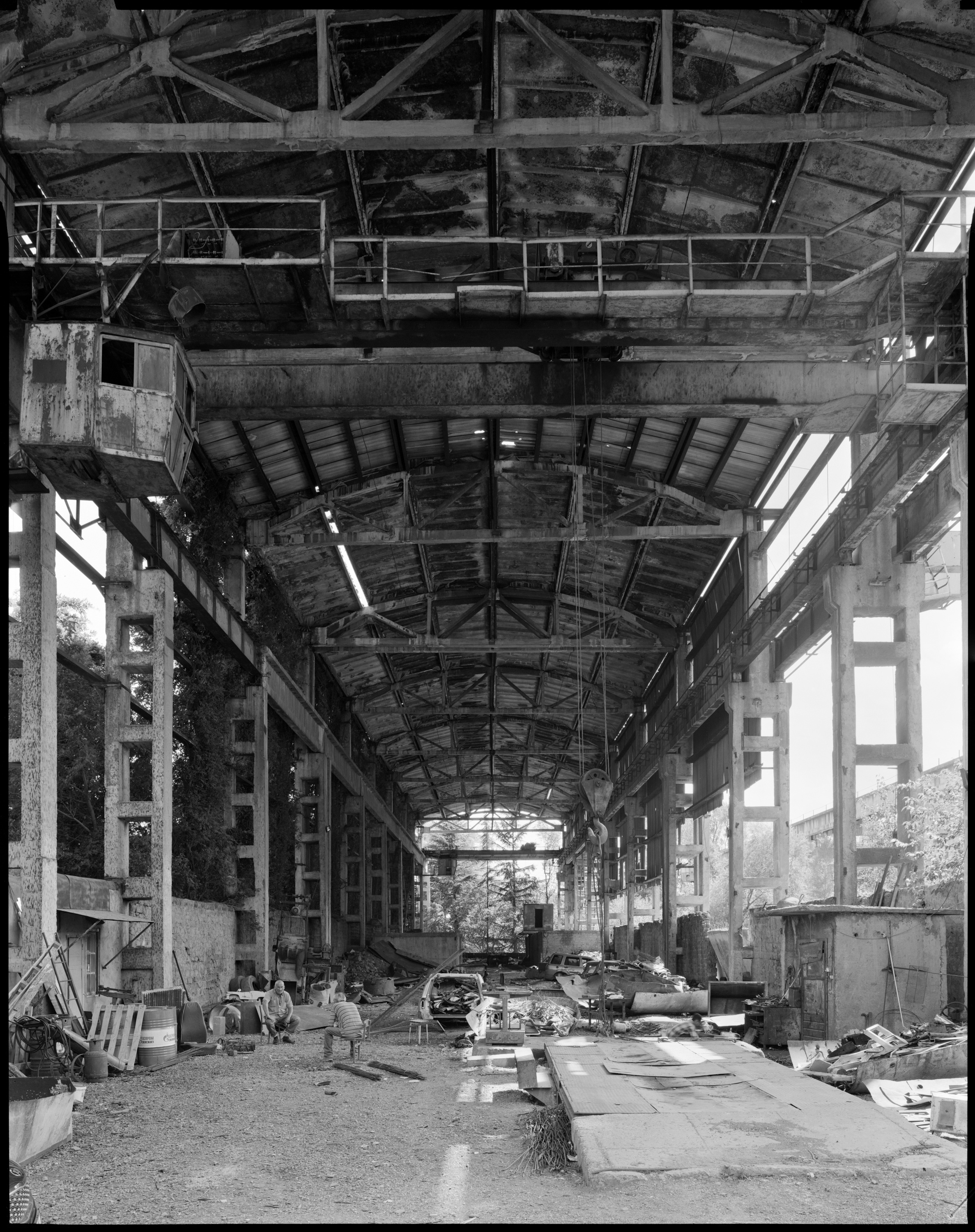
See video by Indigo Magazine about this project: https://www.youtube.com/watch?v=kooYb7tVRmM
Tbilabreshumi
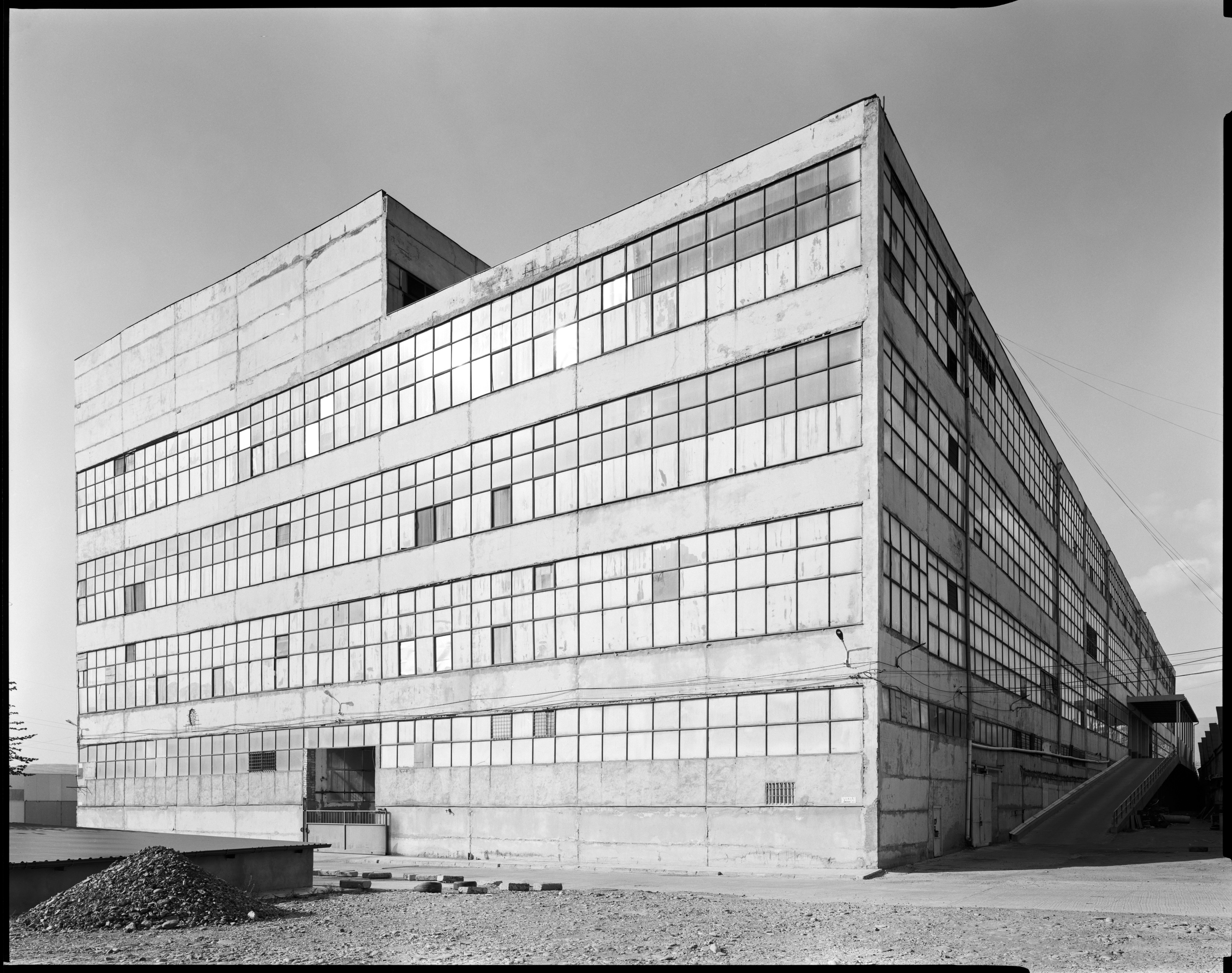
The Vinegar Factory of Samtresti of Tbilisi

See video by Indigo Magazine about this project: https://www.youtube.com/watch?v=pbg7NFNvn90
The National Bread Factory

Industrial buildings of Georgia have followed a complex path: from 19th-century capitalist manufacturers to Soviet collective industrialization to the post-Soviet neoliberal economy of today.
The development of large-scale trade and the introduction of manufacturing methods in Georgia started in the 19th century. At this time, Tbilisi was the administrative and cultural center of the South Caucasus, and its role as an emerging industrial center was only strengthened by this position. The city itself became abundant in artisan enterprises, and as the number of commercial establishments and manufacturers increased, new types of buildings were built and new
districts were populated. Unfortunately, only a few buildings remain from this time.
Industrialization marks an important moment in world history, and the emergence of industrial building types serve as a material index to this broader process. Their construction was crucial for the development of industrial economies and technologies, and the new conditions of their production had a significant influence on architecture of the 20th century.
The development of large-scale trade and the introduction of manufacturing methods in Georgia started in the 19th century. At this time, Tbilisi was the administrative and cultural center of the South Caucasus, and its role as an emerging industrial center was only strengthened by this position. The city itself became abundant in artisan enterprises, and as the number of commercial establishments and manufacturers increased, new types of buildings were built and new
districts were populated. Unfortunately, only a few buildings remain from this time.
Industrialization marks an important moment in world history, and the emergence of industrial building types serve as a material index to this broader process. Their construction was crucial for the development of industrial economies and technologies, and the new conditions of their production had a significant influence on architecture of the 20th century.
Tbilisi Silk Weaving Plant

The Combined Heat and Power (CHP) Plant - The Electrical Substation of Tbilisi

The Bread Factory #1
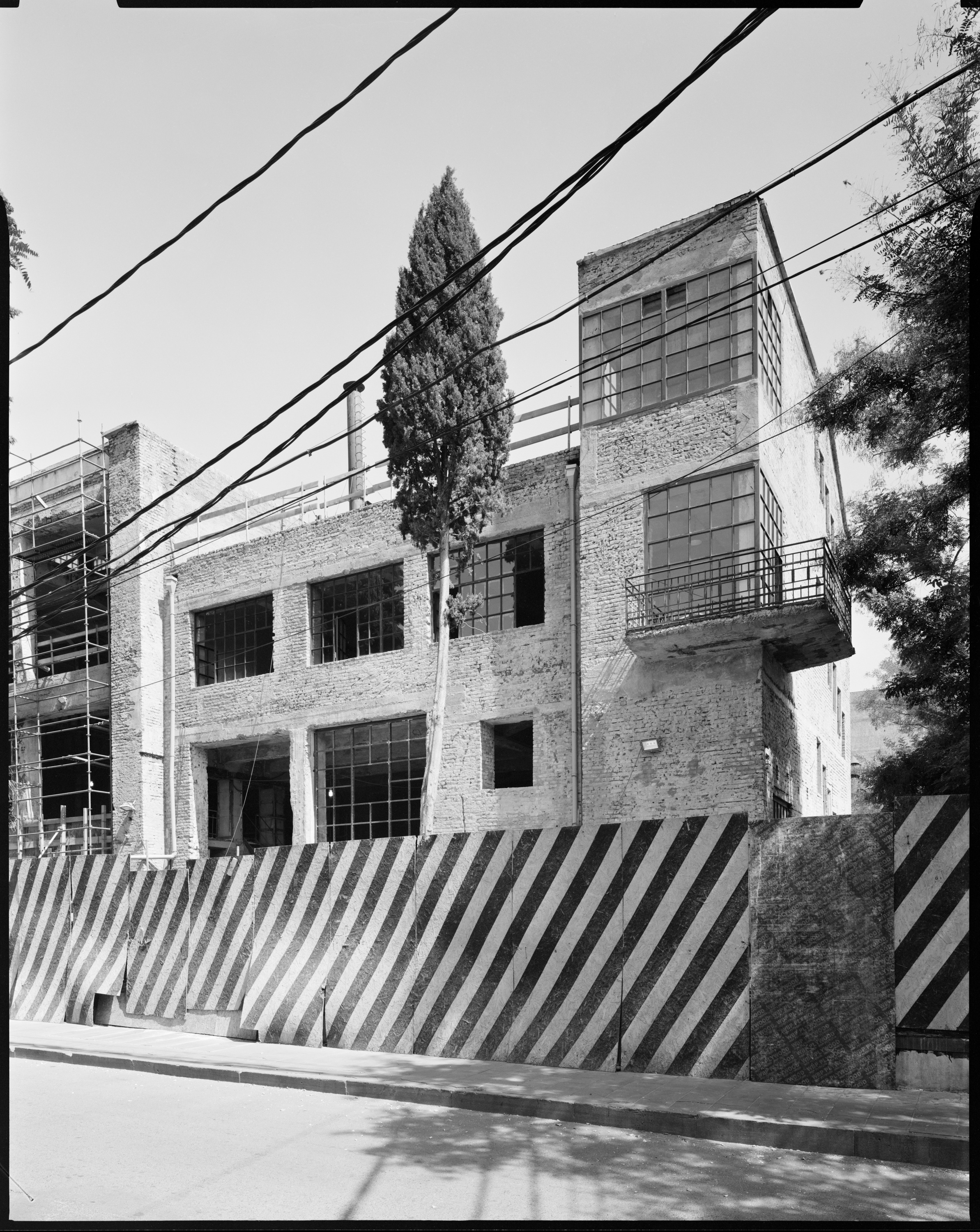
The Tobacco Factory
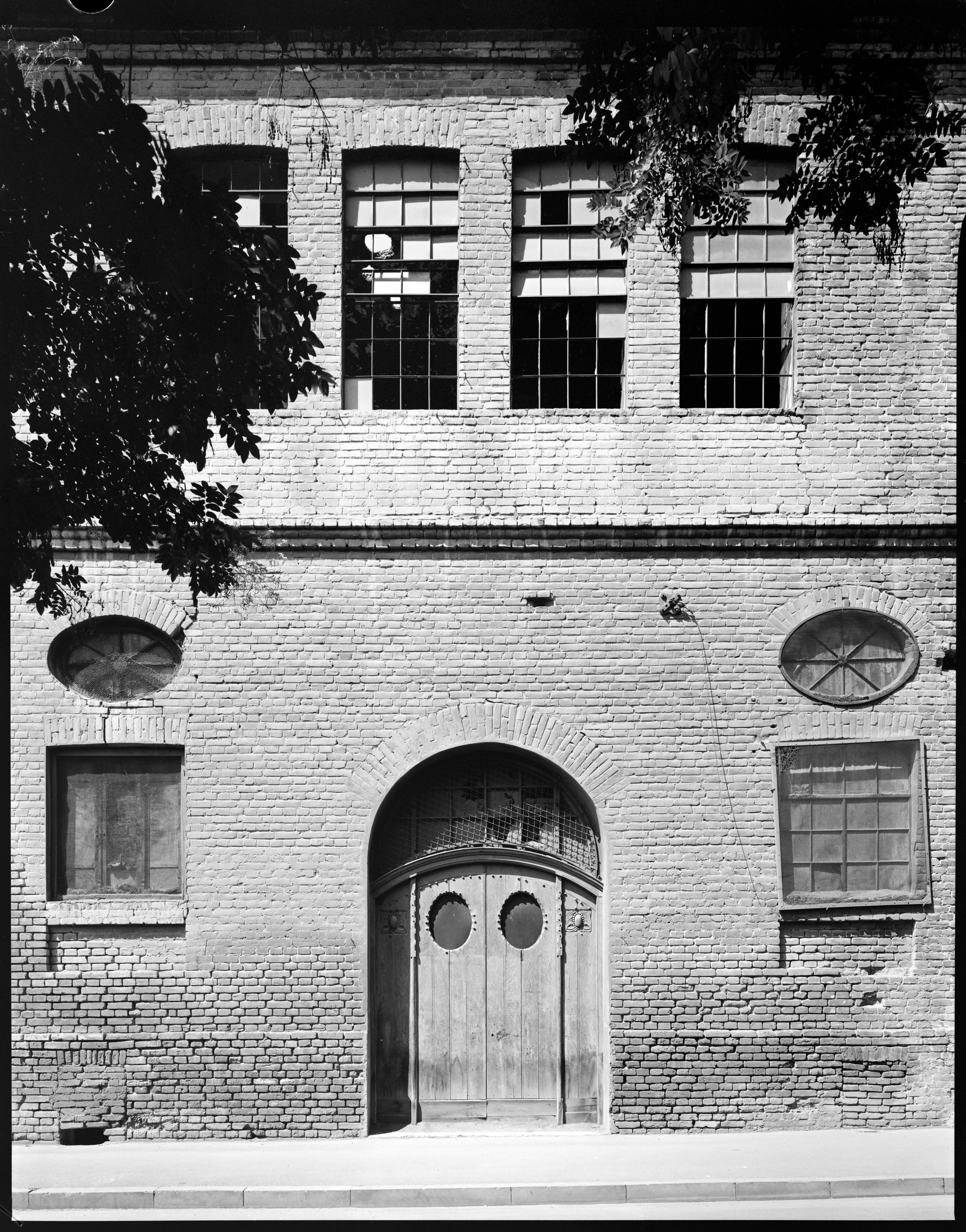
Due to the large-scale destruction of WWI, mechanization became urgent in the West. The use of mass-produced industrial materials was decisive in the immense and swift post-war construction process. Additionally, in the Soviet republics there was an urgent practical and ideological need to provide housing for the working class that was involved in building the new country. Following the destruction of WWII, the problem of dwelling only increased in the Soviet Union—as cities measurably increased in size and population, and with this emerged a serious housing shortage.
The early pressures around housing construction necessitated the creation of large-scale production plants organized around industrial construction materials and processes. Here, the development of reinforced concrete technologies gave shape to new forms of industrial, public, and residential architecture. This industrialized, mass-production approach laid the foundation for the aesthetics and aspirations of the International Style in architecture. Originating in the 1910’s from several lines of architectural and political thought, it had as its primary point of reference the contemporaneous industrial buildings emerging in the post-war conditions--especially factories, hangars, and warehouses. These buildings required utilitarian and pragmatic design – with an even distribution of natural light, open organization of interior spaces for storing machinery and goods, and predominantly plain exteriors with minimal decorations.
In the Soviet Union, as well as elsewhere, this approach influenced industrial buildings long before it was adopted in public and residential houses.
Social realism, which was state-indicated style in the Soviet Union, dictated an aesthetic that slowed the appearance of housing and public buildings. Exactly the industrial buildings demonstrate the main architectural characteristics of the International Style, such as wide, open, and lucid spaces, horizontal ribbon windows, plain parapets, and “unembellished” concrete walls.
The early pressures around housing construction necessitated the creation of large-scale production plants organized around industrial construction materials and processes. Here, the development of reinforced concrete technologies gave shape to new forms of industrial, public, and residential architecture. This industrialized, mass-production approach laid the foundation for the aesthetics and aspirations of the International Style in architecture. Originating in the 1910’s from several lines of architectural and political thought, it had as its primary point of reference the contemporaneous industrial buildings emerging in the post-war conditions--especially factories, hangars, and warehouses. These buildings required utilitarian and pragmatic design – with an even distribution of natural light, open organization of interior spaces for storing machinery and goods, and predominantly plain exteriors with minimal decorations.
In the Soviet Union, as well as elsewhere, this approach influenced industrial buildings long before it was adopted in public and residential houses.
Social realism, which was state-indicated style in the Soviet Union, dictated an aesthetic that slowed the appearance of housing and public buildings. Exactly the industrial buildings demonstrate the main architectural characteristics of the International Style, such as wide, open, and lucid spaces, horizontal ribbon windows, plain parapets, and “unembellished” concrete walls.
The Flour Milling Plant of Tbilisi
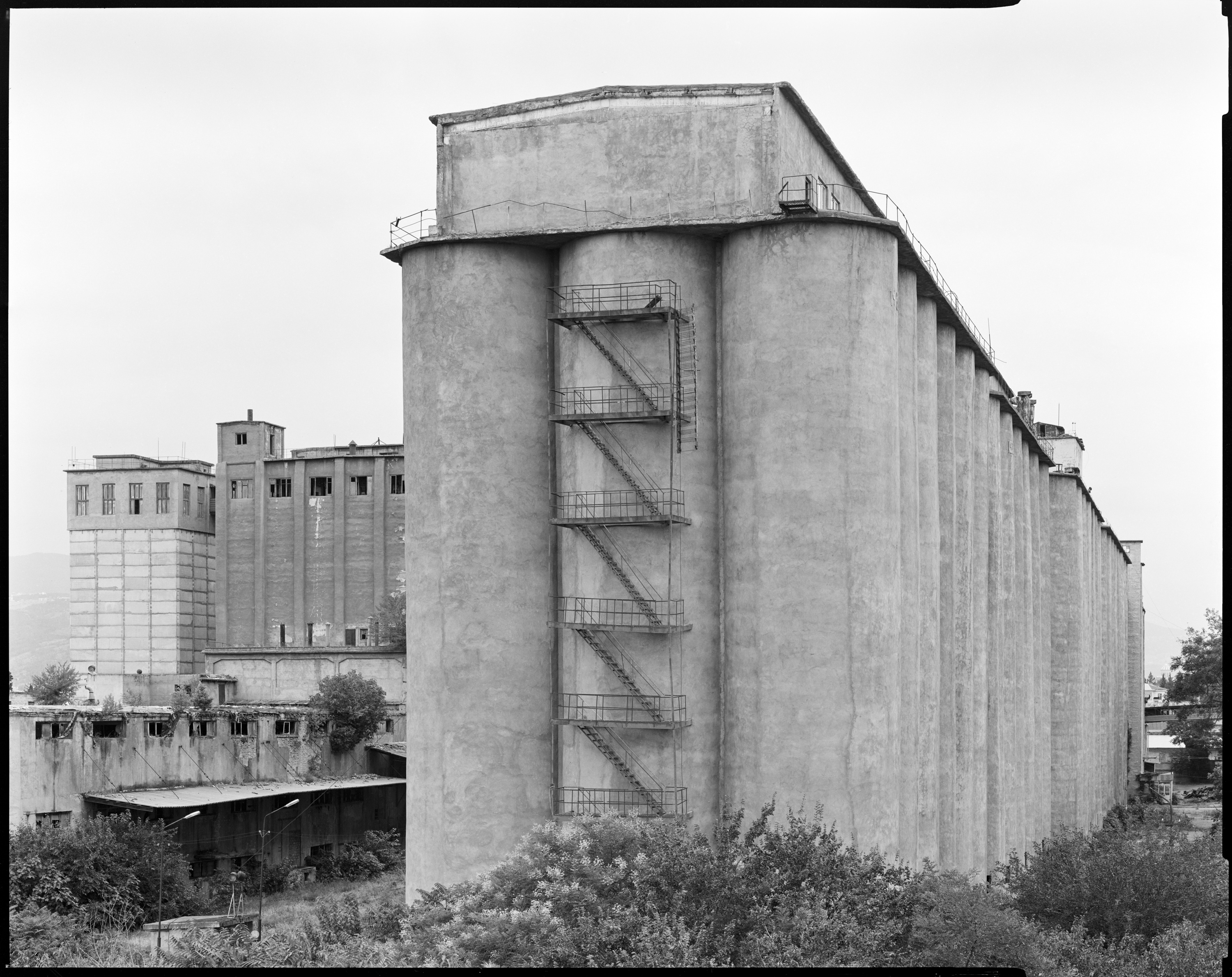
See video by Indigo Magazine about this project: https://www.youtube.com/watch?v=uf7i0EdkV1Q
The Repair and Mechanical Factory of Saketerzeti Trust
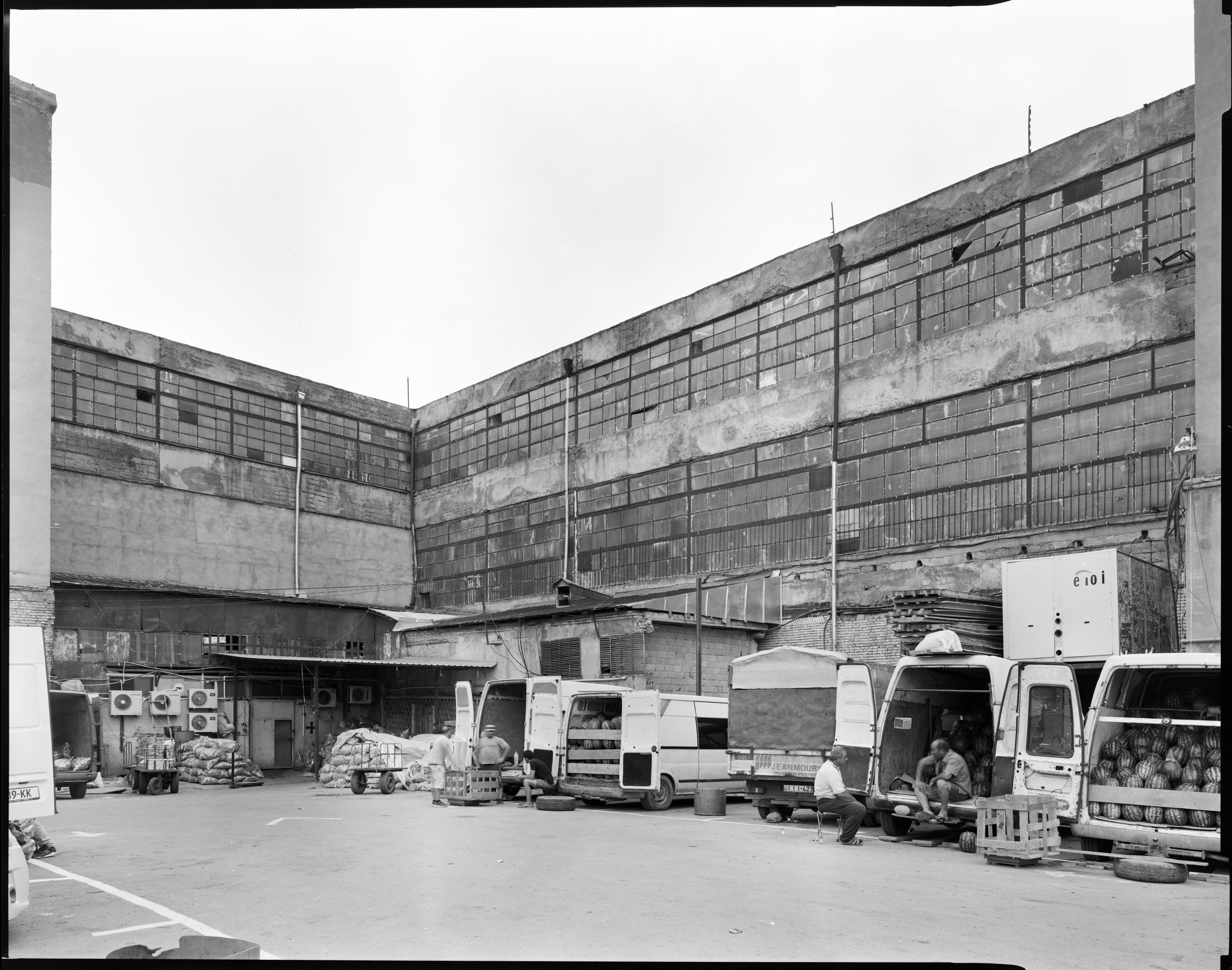
The Ceramic Factory of Tbilisi

The Pilot Plant Agregati
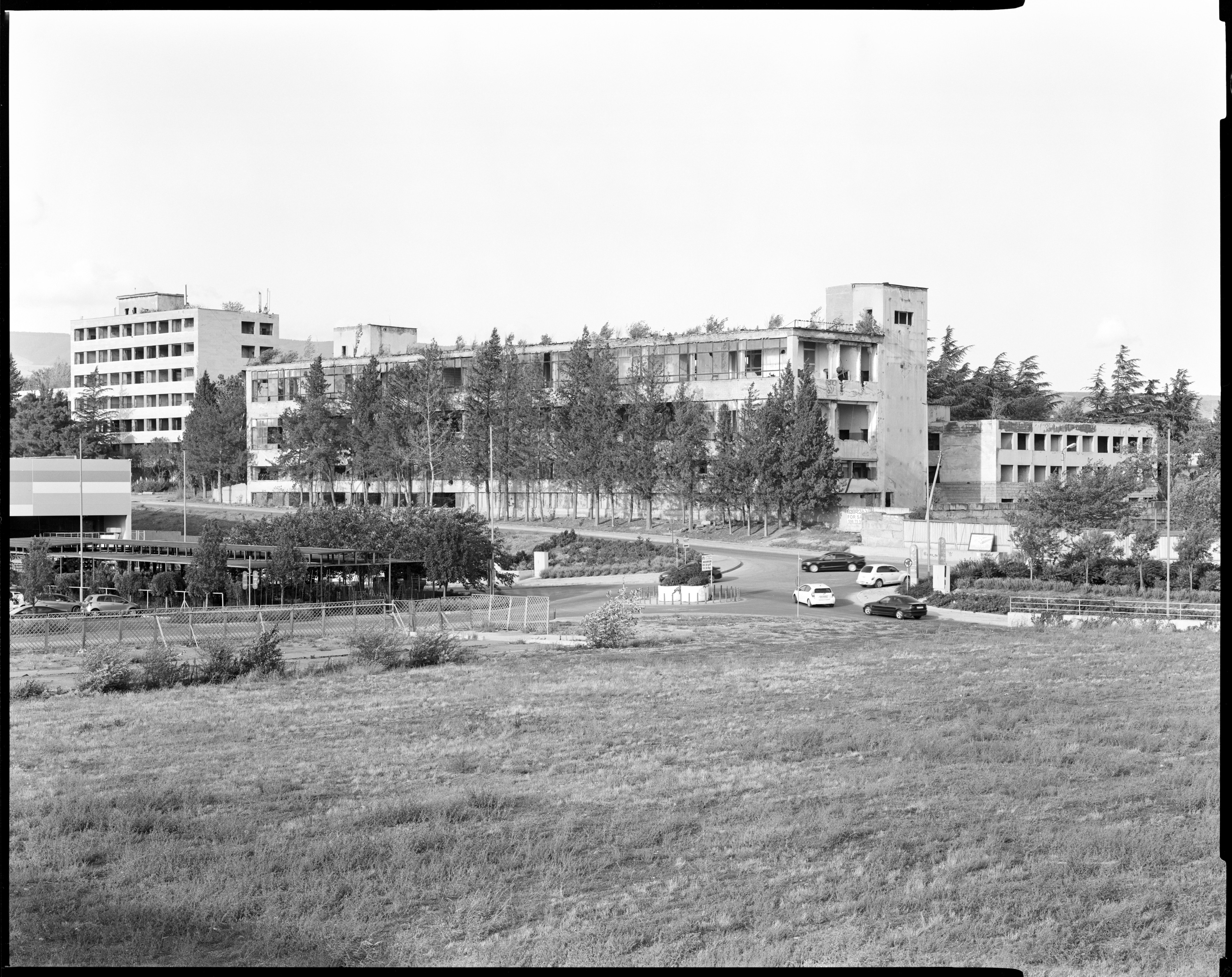
Due to the limitations on research posed by the pandemic, at this stage we focus our presentation on industrial buildings from Tbilisi with an emphasis on 20th-century heritage. Unfortunately, it was not possible to identify detailed architectural projects in the archives; hence, the names of the authors of these buildings remain unremarked. There is a high probability that the archives of many construction or design committees from the Soviet period are destroyed—administratively mirroring the conditions of many building enterprises commissioned by these committees. All the buildings that were identified and described during this research are in private ownership today. Only a small number of
plants work with the same or similar functions, with most of the remaining spaces rented out to various businesses that have modified and adapted the buildings to new functions. Unfortunately, many of the industrial buildings that once marked this historical moment in Tbilisi are now dismantled, demolished, and plundered.
While the International Committee for the Conservation of the Industrial Heritage (TICCIH) is fighting to preserve industrial places and buildings along with the machinery and technical equipment connected to them, in Tbilisi and in most regions of Georgia, we can only highlight conservation and adaptation of buildings and industrial sites. To effectively preserve the diverse and multilayered uniqueness of our city and its industrial past, it is important to acknowledge the full historical, cultural, economic, and social values of this heritage.
plants work with the same or similar functions, with most of the remaining spaces rented out to various businesses that have modified and adapted the buildings to new functions. Unfortunately, many of the industrial buildings that once marked this historical moment in Tbilisi are now dismantled, demolished, and plundered.
While the International Committee for the Conservation of the Industrial Heritage (TICCIH) is fighting to preserve industrial places and buildings along with the machinery and technical equipment connected to them, in Tbilisi and in most regions of Georgia, we can only highlight conservation and adaptation of buildings and industrial sites. To effectively preserve the diverse and multilayered uniqueness of our city and its industrial past, it is important to acknowledge the full historical, cultural, economic, and social values of this heritage.
Project Director and Author: Devi Kituashvili, Gogiko Sakvarelidze, Natalia Nebieridze
Co-author and coordinator: Tata Gachechiladze
Curator: Nini Palavandishvili
Photographer: Angus Leadley Brown
Sound: Natia Sartania and CES
Video: Indigo
Project participants from MUA’s team: Mariam (Marika) Kvirkvelidze, Ana Mardaleishvili, Keti Katcharava, Giga Kareli, Davit Tselauri, Ucha Zgudadze and Lilu Dzimistarishvili.
Special Thanks to: Artarea Gallery, State Silk Museum, Jesse Vogler, Davit Bostanashvili. Also, thanks to Nodar Kvanchiani for the contribution at the preliminary stage.
Research participants: Ana Kipiani, Ani Chukhrukidze, Anano Kvachantiradze, Giorgi Rekhviashvili, Nino Togoshvili, Tamar Kharebashvili, Tamuna Cherkezishvili, Maqi Kvitsiani, Dea Trapaidze, Ninola Jinjikhadze, Nino Gotsiridze, Sali Kakhaberi, Irina Maskhulia, Nikala Ghlonti, Rati Kupatadze, Ana Tvaradze, Giorgi Sartania, Luka Gvantseladze.
Co-author and coordinator: Tata Gachechiladze
Curator: Nini Palavandishvili
Photographer: Angus Leadley Brown
Sound: Natia Sartania and CES
Video: Indigo
Project participants from MUA’s team: Mariam (Marika) Kvirkvelidze, Ana Mardaleishvili, Keti Katcharava, Giga Kareli, Davit Tselauri, Ucha Zgudadze and Lilu Dzimistarishvili.
Special Thanks to: Artarea Gallery, State Silk Museum, Jesse Vogler, Davit Bostanashvili. Also, thanks to Nodar Kvanchiani for the contribution at the preliminary stage.
Research participants: Ana Kipiani, Ani Chukhrukidze, Anano Kvachantiradze, Giorgi Rekhviashvili, Nino Togoshvili, Tamar Kharebashvili, Tamuna Cherkezishvili, Maqi Kvitsiani, Dea Trapaidze, Ninola Jinjikhadze, Nino Gotsiridze, Sali Kakhaberi, Irina Maskhulia, Nikala Ghlonti, Rati Kupatadze, Ana Tvaradze, Giorgi Sartania, Luka Gvantseladze.